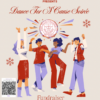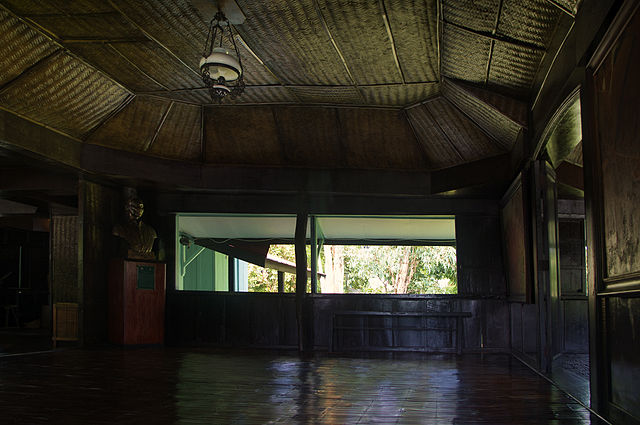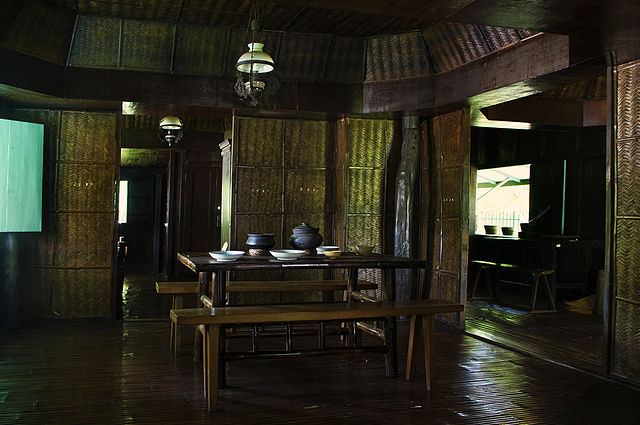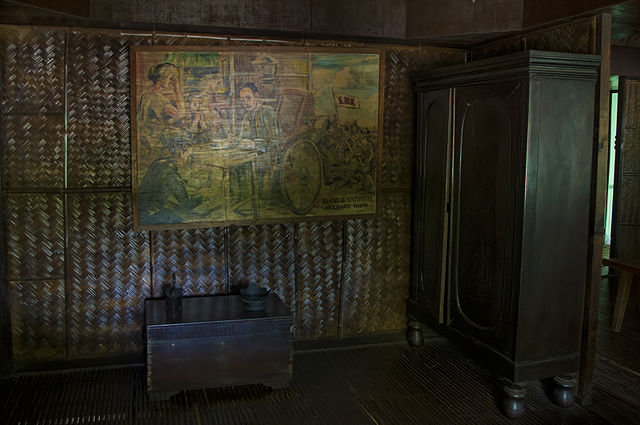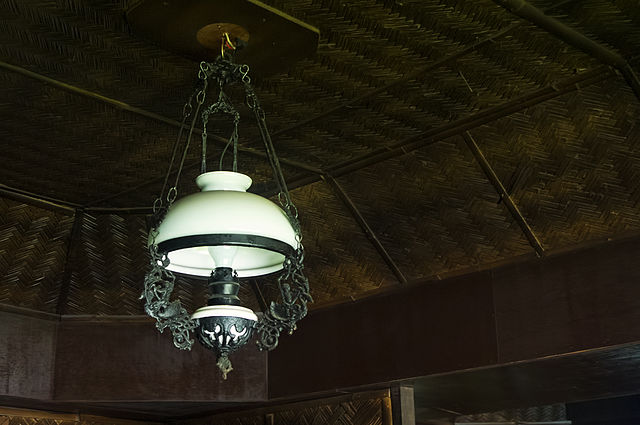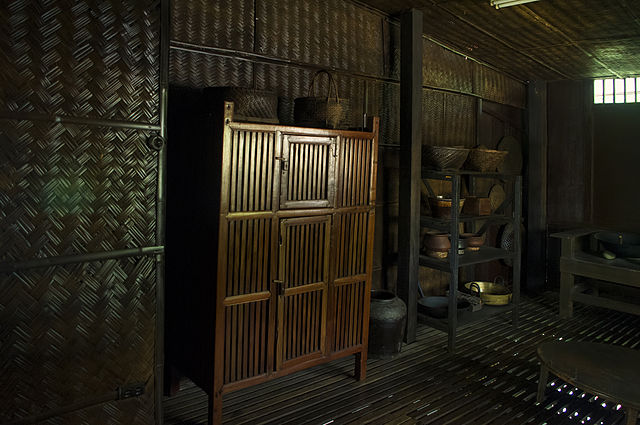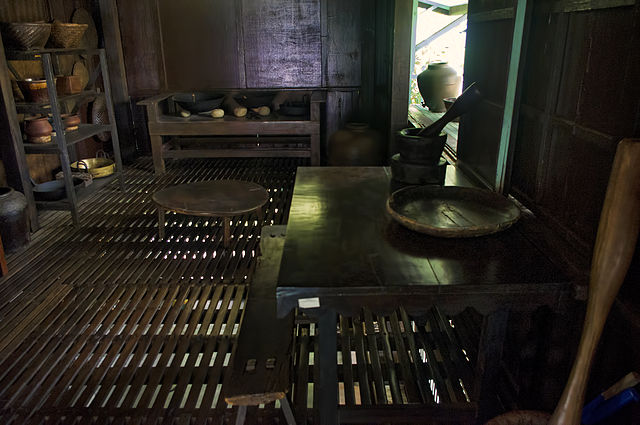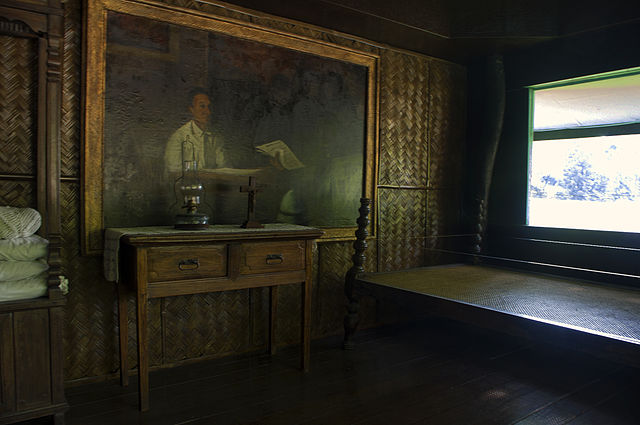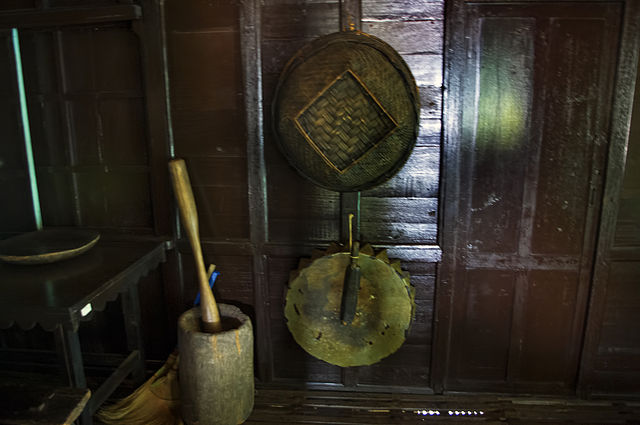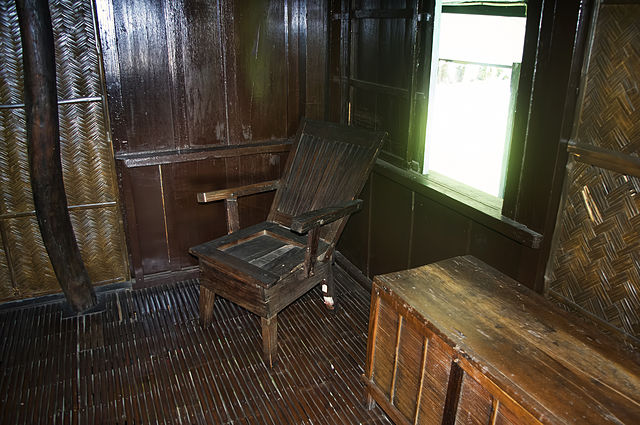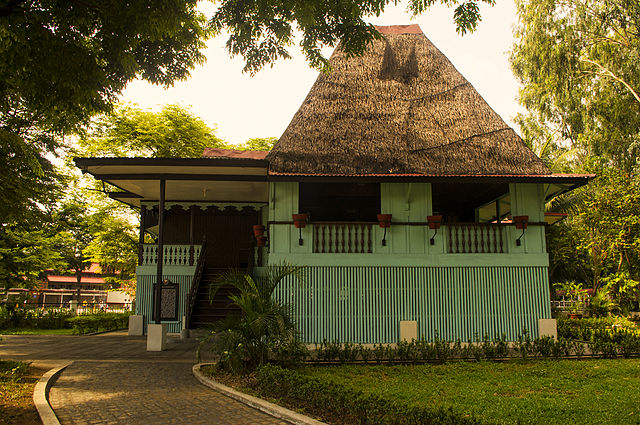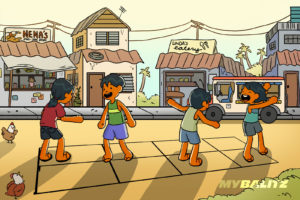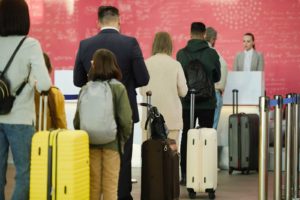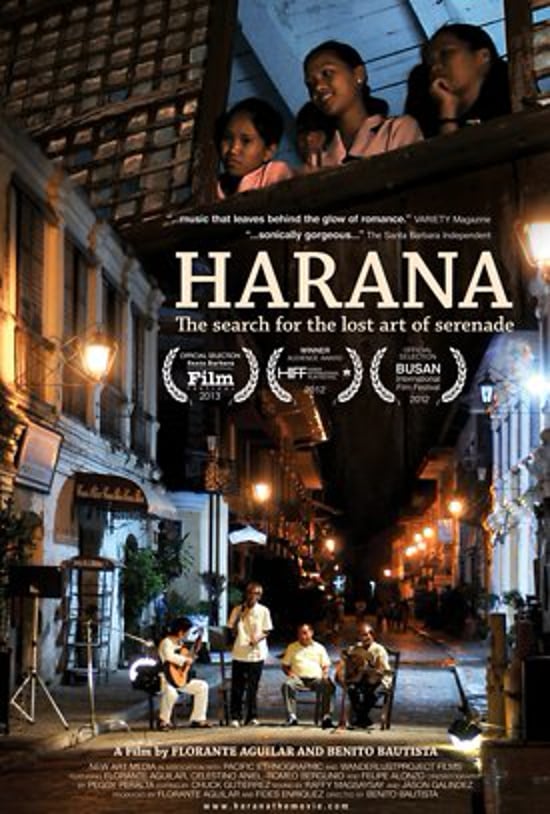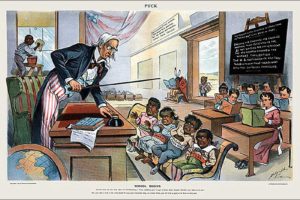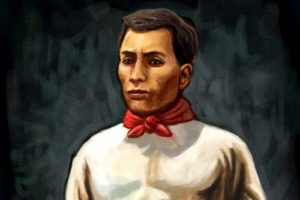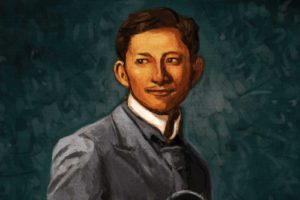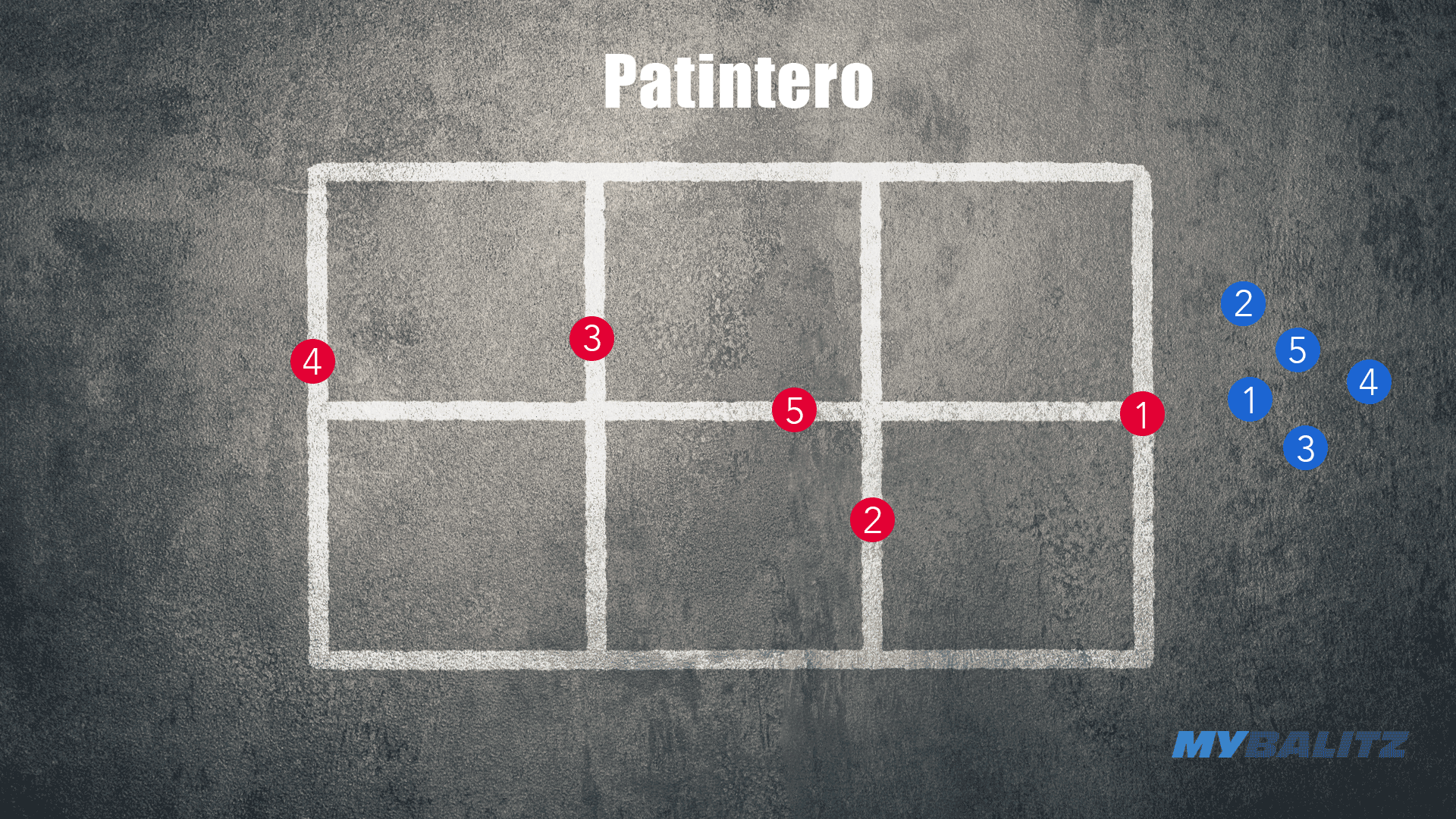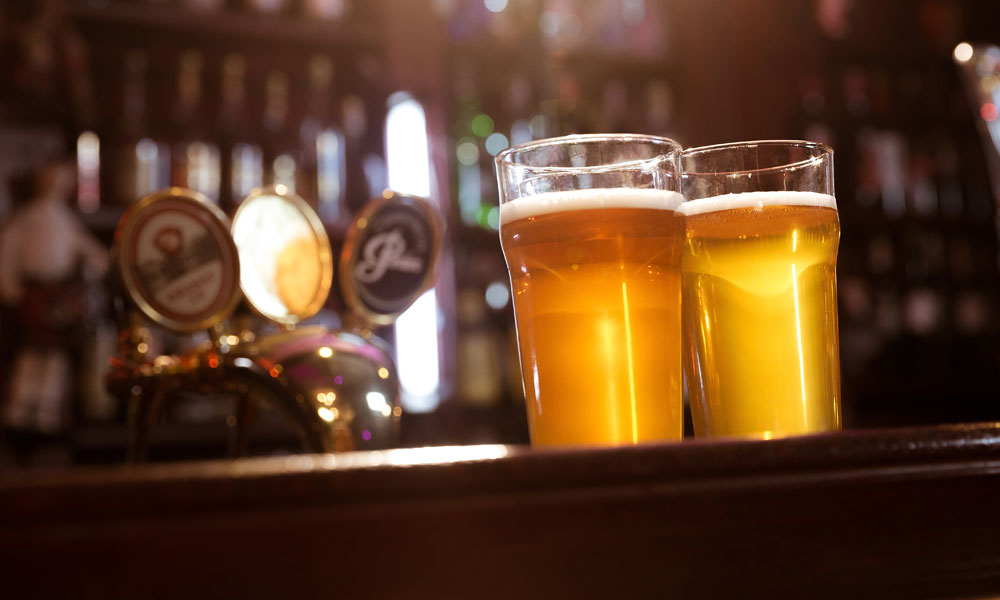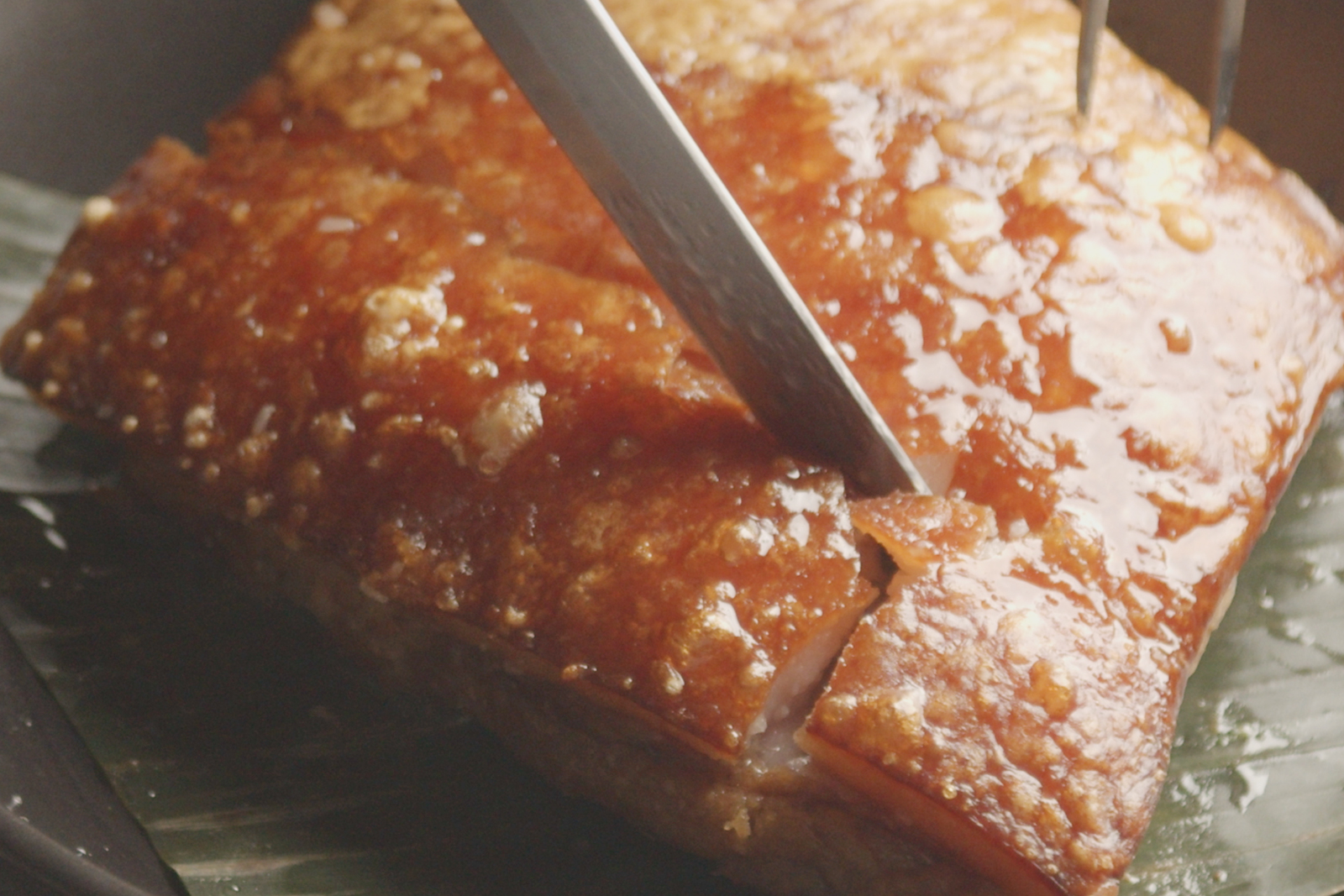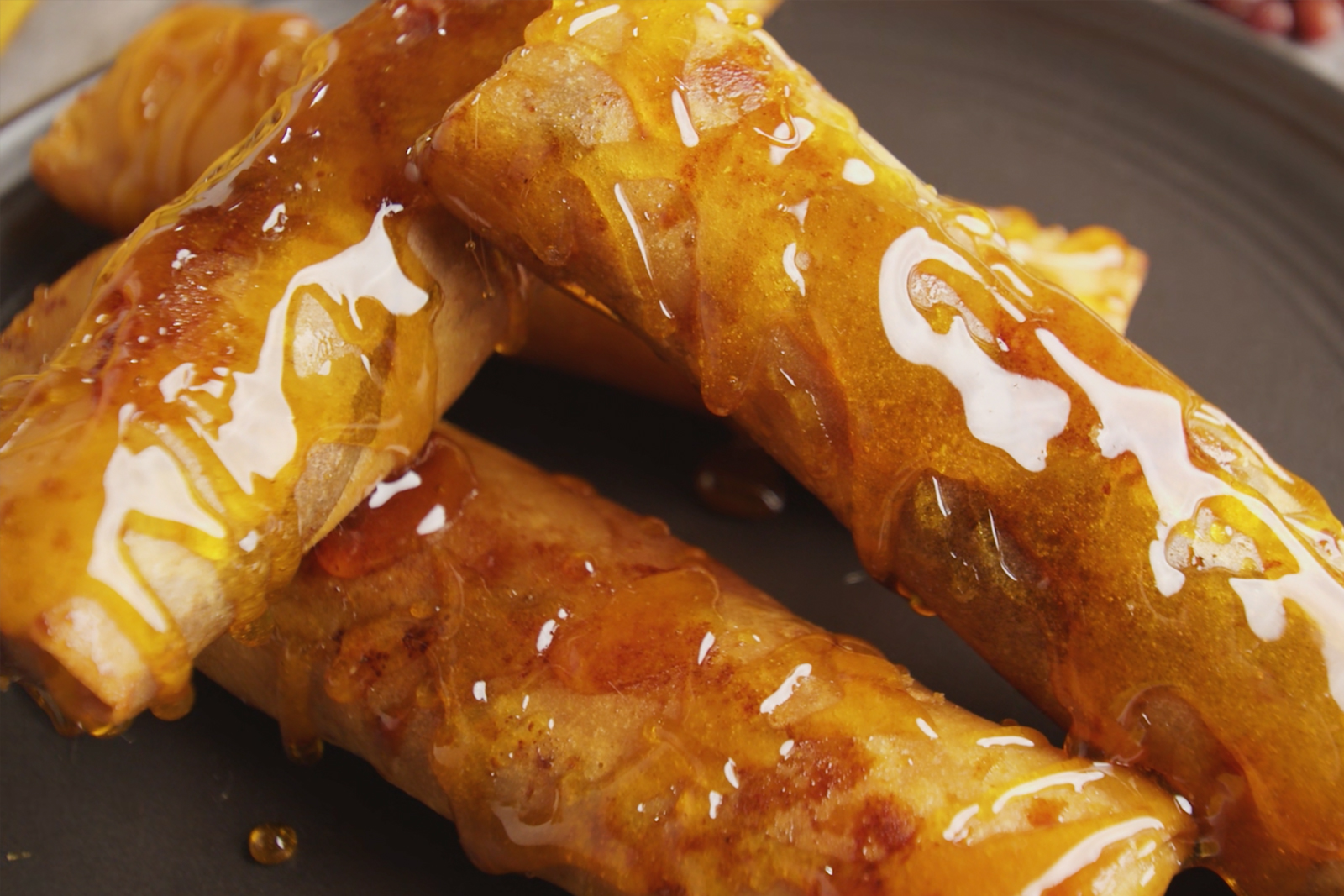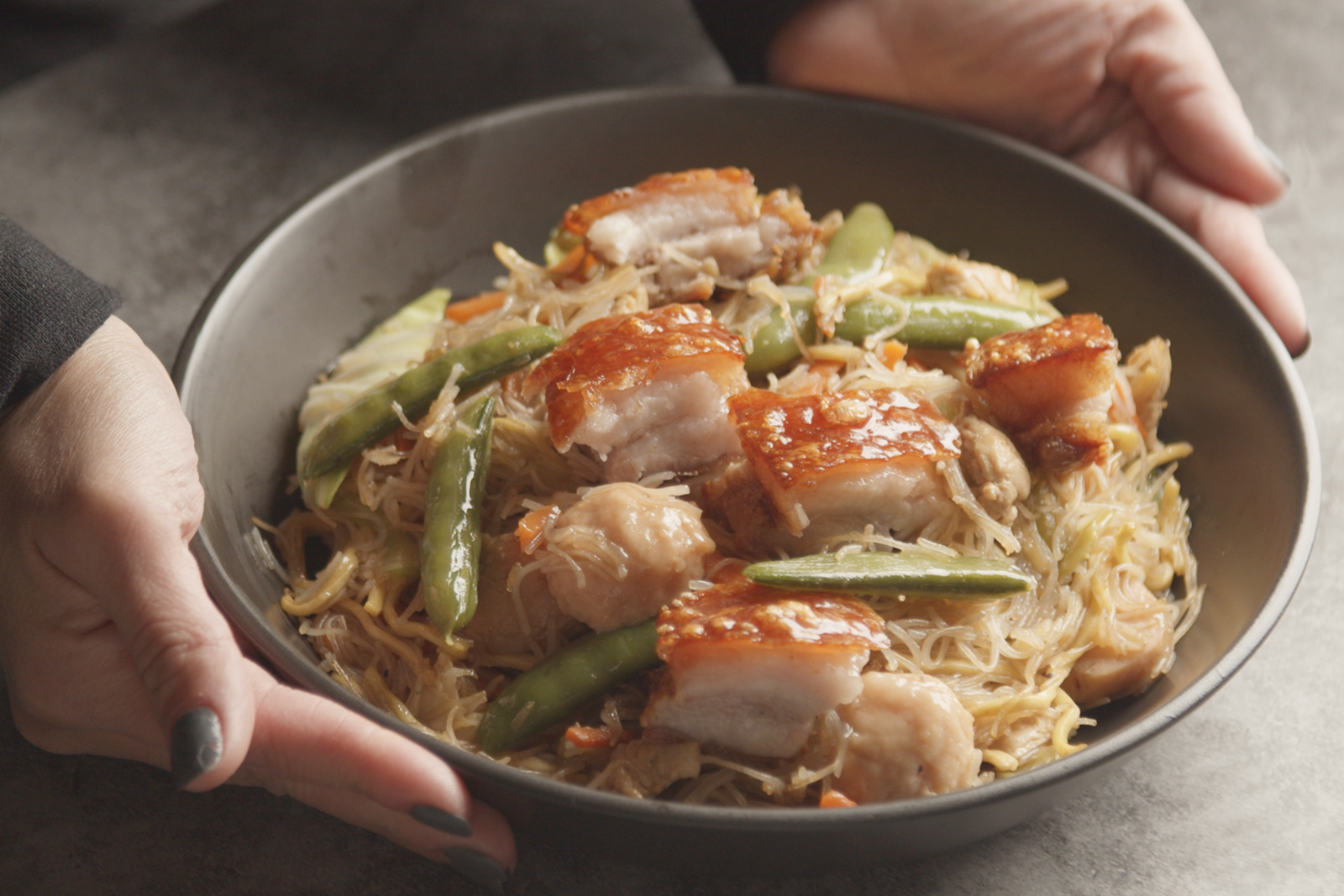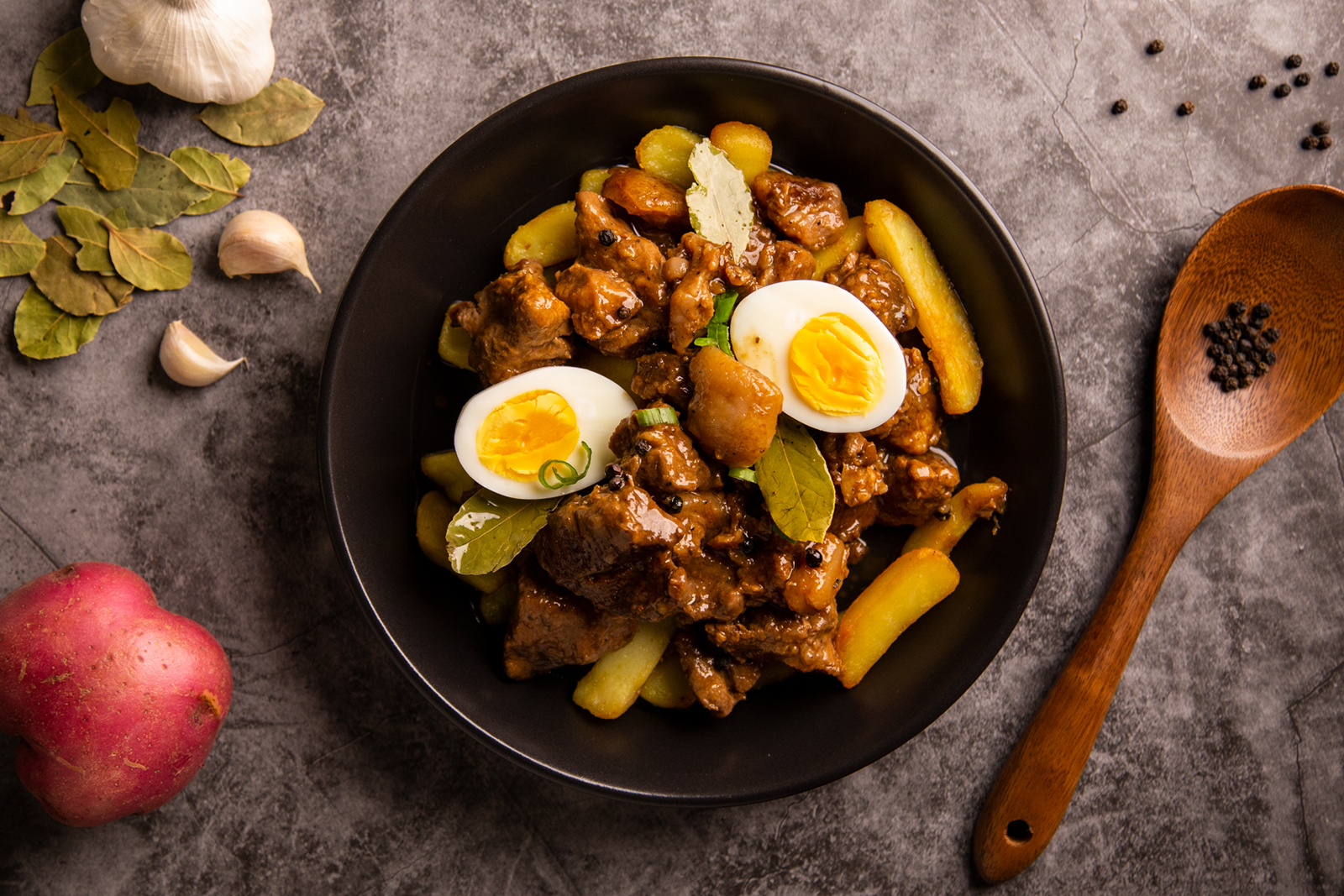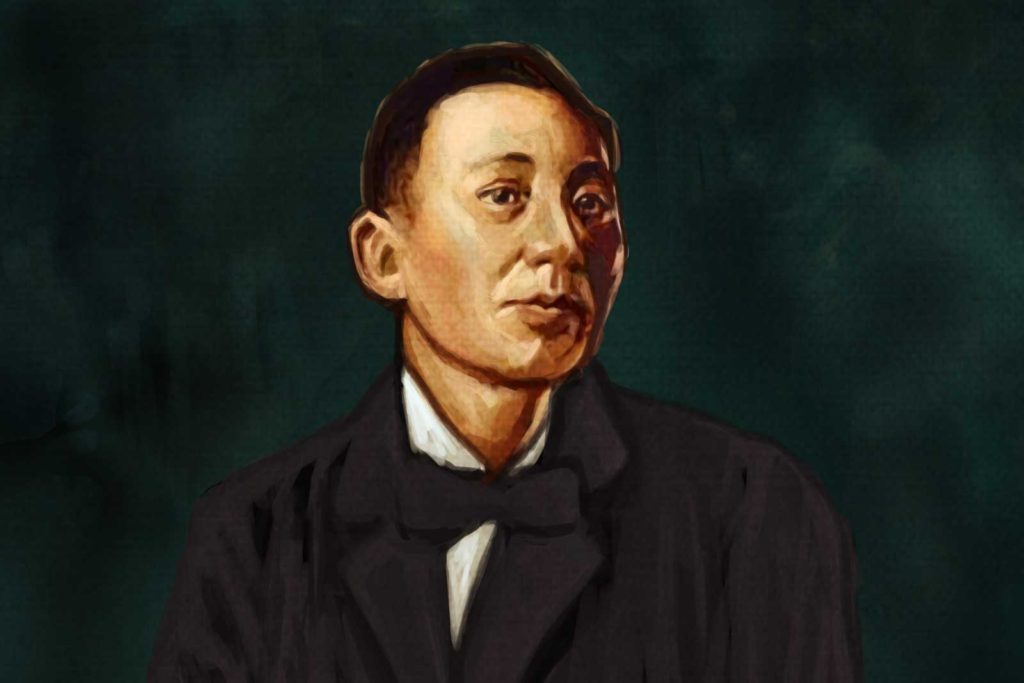
Most people in the Philippines, despite the fact that they took Philippine history classes since their grade school days would be unable to immediately recall much about Apolinario Mabini other than: he was called Ang Dakilang Lumpo (The Sublime Paralytic) because he was disabled; and that he was smart and was an adviser to Emilio Aguinaldo. Other than these two facts, people don’t know much about him.
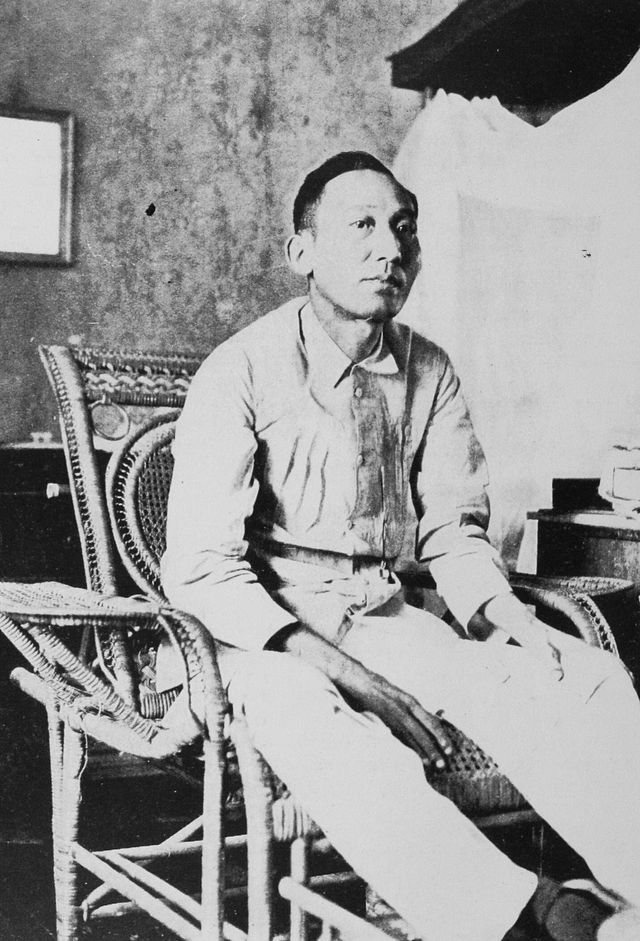
Apolinario Mabini was born on July 23, 1864—he was only three years younger than Rizal and two years younger than Bonifacio. Like Bonifacio, Mabini was born in poverty. He was born in Tanawan, Batangas but he showed much intellectual potential that his parents struggled to put him through school and he studied with Father Valerio Malabanan. Because he took to studying and showed intellectual astuteness, his parents wanted Mabini to become a priest but after his studies at San Juan de Letran in Intramuros (where Rizal also went), Mabini pursued further studies at the University of Santo Tomas (where Rizal also went). Being a priest meant that Mabini will have a source of income and a place to stay all his life—after all, indios were allowed to become priests already because the priesthood had become secularized. However, becoming a lawyer would enable Mabini to defend the poor so Mabini studied to be a lawyer.
The idea of social justice appealed and inflamed Mabini’s passions like a lot of the young men of his time. Mabini joined Masonry (just like Rizal and Bonifacio) because, perhaps, the intellectuals of that time saw the friars and the Catholic Church in the Philippines as part of the social and political structure that oppressed the indios.
Mabini himself clarified, however, that he never personally met Rizal. He joined the revitalized La Liga Filipina after it was disbanded and revived. Mabini never joined the Katipunan but not for political reasons – by the time the Katipunan was gaining strength in numbers between 1895 and 1896, Mabini had fallen ill which left him unable to move his legs—there was no official diagnosis and some say it could have been polio or infantile paralysis, but since the Katipunan purposed to make war, Mabini felt he would not be of any use to them, ill as he was at that time, and after that, he would not be of use to them because of issues of mobility. He would not be able to trek through fields or hills or jungles without assistance.
When the Revolution broke out in August 1896, Spanish soldiers came to Mabini’s home to arrest him for his involvement. But when they saw that he was unable to move his limbs, the soldiers took Mabini to the San Juan de Dios Hospital, instead. It was a type of medical commitment, a quarantine measure to stop the spread of contagion literally and figuratively.
However, at that time, secret societies agitating for reforms were widespread. The Katipunan was only one of the “secret” societies at that time. And Mabini was someone that the Spanish authorities had been closely watching because he was a Mason and a member of the Liga. Reformists and would-be revolutionists were familiar with each other. Some corresponded with each other and others, like Mabini, wrote articles in renegade newspapers, expounding their criticism of the colonial government, their political observations, ideas and aspirations.
The Katipunan was only one of the “secret” societies at that time. And Mabini was someone that the Spanish authorities had been closely watching because he was a Mason and a member of the Liga.
In fact, it is a little-known fact that on the day that Rizal was shot in Bagumbayan on December 30, 1896, thirteen other suspected insurrectionists were executed in Cavite. The town where the suspected insurrectionists were martyred bears their name, Trece Martires. Thus, the Spaniards knew that the population was agitating for reform and some sort of autonomy. They had no idea that the Katipunan had a more radical agenda—independence through revolution. The arrests and execution of Rizal and the Trece Martires of Cavite were part of the brutal suppression of the civil unrest to instill fear in the population. Instead of fear, the masses were enraged at the injustice.
After his treatment at the San Juan de Dios hospital, Mabini was released. Mabini went to the hot springs in Los Banos to recuperate. While he was there, Aguinaldo summoned Mabini. Aguinaldo sent a hundred men to carry Mabini on a hammock from Los Banos, Laguna to Cavite where Aguinaldo was headquartered. From then on, he was Aguinaldo’s adviser.
Mabini believed in the will of the people. He correctly interpreted the Revolution as an action that stemmed from the mass of the poor indios who desired to be free from colonial domination. This was evident in the draft decrees that Mabini sent for Aguinaldo to sign and in the speeches Mabini made for Aguinaldo. Mabini expressed that the objective of Aguinaldo’s revolutionary government was to struggle for independence until Spain recognized the people’s will and from there, to birth a republic.
By 1898, when Aguinaldo formed his revolutionary government, some of those whom he offered positions in his cabinet refused because they wanted Aguinaldo to surrender to the Americans and work with the Americans. One of them was Cayetano Arellano—he was to be appointed by Aguinaldo as secretary for foreign affairs but he excused himself saying he was ill—during the American colonization, Cayetano Arellano became the first Chief Justice of the Philippine Supreme Court under the American Administration. Because of Arellano’s unavailability, Mabini was appointed in his place.
By the time Aguinaldo called for the Malolos Congress, Aguinaldo was surrounded by the indio sociopolitical elite (the moneyed, the landed, the educated, the influential rich). They elected themselves into office as a law-making body for Aguinaldo’s revolutionary government and days later, they decided to draft a constitution. Mabini opposed that idea saying it was premature—Mabini was right. Mabini opposed even the lavish dinner, the fiesta atmosphere, and the merriment saying it might bring bad luck to their revolution. Again, Mabini was right.
After a few months, the United States began to exert its will as the new colonizer. By that time, all the gains of Aguinaldo and his revolutionary government had been taken from them by the US Army and they were on the run from the Americans. Naturally, the rich elite that had been behind and around Aguinaldo during the celebrations in Malolos had left Aguinaldo to continue the revolution. Mabini rose to the position of President of the Cabinet—the second most powerful man in the revolutionary government.
In a manifesto, Mabini urged the revolutionaries and the Filipino masses to continue the fight for the salvation of their national honor. But on May 5, 1899, the United States offered “autonomy” to the Philippines in exchange for a ceasefire. The rich elite that had been with Aguinaldo in the Malolos Congress and had been officers in Aguinaldo’s Malolos government wanted to accept the offer of autonomy. They urged Aguinaldo to repudiate Mabini’s manifesto and to remove him from his leadership of the Cabinet. Mabini, ever diplomatic, resigned his position and Aguinaldo formed a new cabinet that looked more favorably disposed to collaborating with the Americans.
In truth, the elite’s distaste for Mabini was great. They even cast doubt upon the cause of Mabini’s paralysis. Some rumors created and spread against Mabini claimed that his paralysis was caused by a fall out of the window of his lover’s house when his lover’s husband caught them. Some rumors said that Mabini’s paralysis was caused by some sexually transmissible infection. These rumors were part of the black propaganda spread against Mabini by the rich elite surrounding Aguinaldo. An autopsy was performed on his remains in 1980 and the medical experts concluded that it was caused, indeed, by polio.
The revolution that began against Spain continued in the countryside against the Americans even after Aguinaldo surrendered to the Americans, and throughout the time of Aguinaldo’s exile in Hong Kong. Filipino generals such as Gen. Gregorio del Pilar, Gen. Miguel Malvar, Gen. Vicente Lukban, Gen. Macario Sakay continued fighting.
Mabini was captured by the American forces in Cuyapo, Nueva Ecija. He was not a revolutionary fighter, but his speeches and letters fanned the flames of revolution and resistance against the Americans. Mabini regularly corresponded with the revolutionary generals in the countryside. He gave them advice and encouragement.
In 1901, Mabini was exiled to Guam. Sick with a liver disease, in 1903, Mabini wanted to return home to the Philippines to die there. He even agreed to take the Oath of Allegiance to the United States. But as soon as he arrived in the Philippines, even while he was sick and weak, he continued his work of resisting American colonial rule and agitating for independence. He died of cholera in May 13, 1903 at the age of 38.
Sources:
Agoncillo, Teodoro A. History of the Filipino People (Eighth Edition). C&E Publishing (1990). Pp. 145-148.
“Apolinario Mabini.” Wikipedia.com. https://en.wikipedia.org/wiki/Apolinario_Mabini
Constantino, Renato. The Philippines: A Past Revisited. (Volume 1). 21st Printing, 2009.
Guerrero, Milagros C. and Schumacher, John N. (eds.) Reform and Revolution. Volume 5 of Kasaysayan: A History of the Filipino People. Asia Publishing Company, Ltd., 1998.



